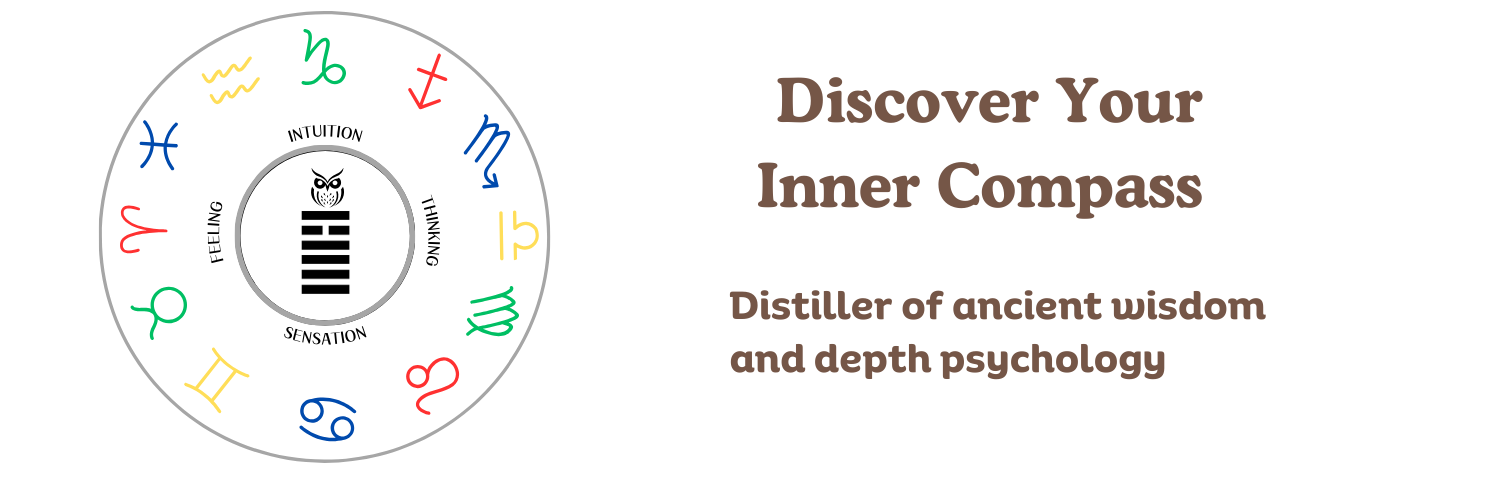The phrase “shadow work” is almost trendy these days and I hesitate using it, as the way it is often used isn’t at all like the lengthy work with the shadow one undergoes in a lengthy Jungian analysis.
But Jungian analyst John Beebe’s typology system gives us a practical way to approach our shadow. Not everyone can go to a Jungian analyst and this gives us a way to approach the shadow.
I enjoyed listening to the most recent podcast episode of Personality Hacker, where they talked about Beebe’s model. They have met with Beebe and shared some insights Beebe gave them, one of which is that the shadow functions of the personality are NOT about development and growth. Rather, these functions show how we defend our ego.
For example, the shadow function of our dominant Hero function (the Opposing function) defends the ego by being avoidant, paranoid, and passive aggressive. The Senex/Witch shadow function has that old person “get off my lawn” attitude. And so on.
Another insight I enjoyed from this episode is that Beebe talked to them about topography vs. typology. The topography is location of each function: Hero, Parent, Child, Anima/Animus, Opposing Personality, Senex/Witch, Tricksters and Demon. Many personality type systems don’t sufficiently emphasize how the function changes based on the location it is in within the personality. You must consider the archetypal energy first, then the function itself.
Click here to listen to this episode of Personality Hacker. Here is a post that lists all my posts about John Beebe’s archetypal 8 function model. And click here for a link to John Beebe’s book Energies and Patterns of Psychological Type.
